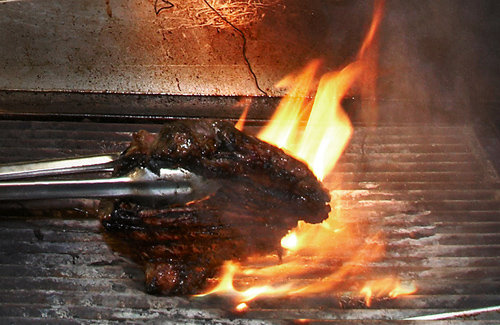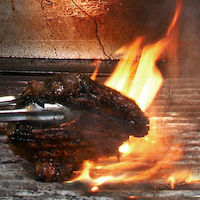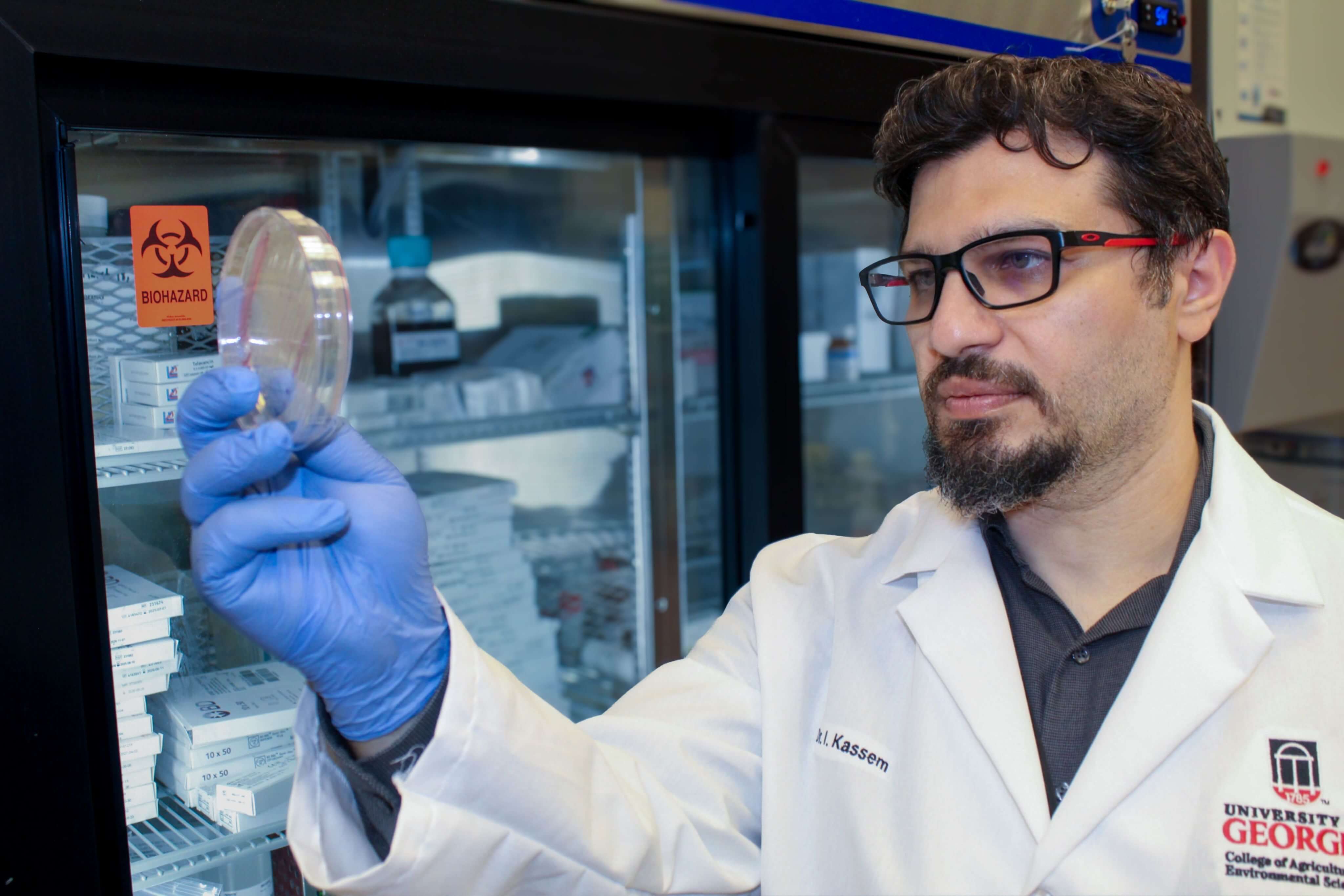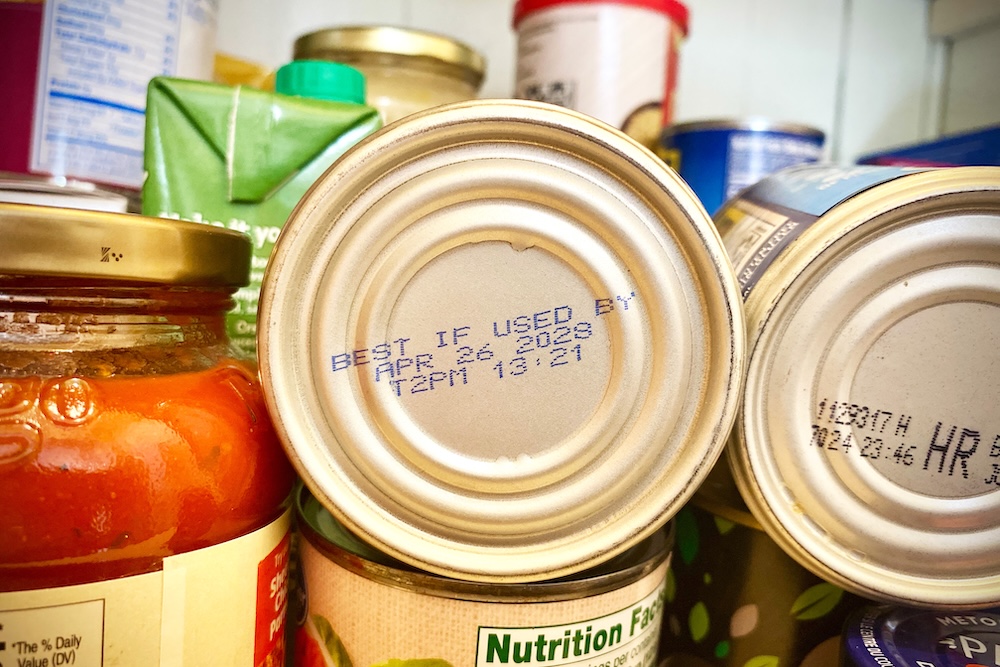Bacteria love warm environments as much as you enjoy the warm outdoors, and they can turn your perfect holiday weekend cookout into a health nightmare. Food safety is as important when grilling and serving food outdoors as it is in the kitchen because improperly handled food can make you sick.
Savvy grill masters should follow these steps from University of Georgia Cooperative Extension to keep food safe.
Clean
Wash your hands before you touch food and after you handle raw meat, poultry, fish, seafood or eggs. If your grilling location has no running water or soap, take disposable hand wipes and hand sanitizer. You may want to use disposable gloves when handling raw items. Change into a new pair of gloves between handling raw products and food that is ready to eat.
Always keep the area where you prepare food clean and use clean utensils. If you’re working outside, take aluminum foil or disposable plates to use as a clean preparation surface and have plenty of disposable utensils on hand. In the kitchen, keep counters, dishes and utensils clean by washing them with soap and hot water.
Separate
Separate ready-to-eat foods from raw foods that must be cooked to be safe. Keep contaminated surfaces, raw foods and their juices from coming into contact with foods that are already cooked or that can be eaten raw, like fruits and vegetables. Use a clean plate when removing cooked meats from the grill so that raw meat juices do not recontaminate the cooked food.
Cook
Meat or poultry that’s been cooked on the grill can brown quickly on the outside. But is it really done? Take the guesswork out of grilling by using a food thermometer. A food thermometer will tell you when the food reaches the necessary internal temperature to destroy harmful bacteria that could make you sick.
When you check thin foods, like patties or chicken pieces, insert the stem of the thermometer through the side of the food to get an accurate reading. Wait at least 15 seconds to take the reading. Ground beef should reach at least 160 degrees Fahrenheit in the center to be safe. Poultry, whether it’s whole or ground, should reach at least 165 F. Beef, veal, lamb or pork (steaks, roasts or chops) should reach at least 145 F and be allowed to rest for three minutes before slicing or serving.
Chill
Chilling or keeping food cold is one way to keep harmful bacteria from multiplying. When thawing frozen foods, use methods that do not allow the food's surface to warm up while the food is still frozen inside.
There are three safe methods for thawing foods:
- Thaw food ahead of time in the refrigerator.
- Thaw food in cold water, and change the water every 30 minutes.
- Thaw food in the microwave and cook the warm food immediately after thawing.
If you plan to marinate meat or poultry before grilling, marinate it in the refrigerator, not on your kitchen counter.
For serving, keep hot foods at or above 140 F and cold foods at 40 F or lower. Use warming trays and coolers with ice to control the temperature of your foods and keep them out of the temperature danger zone.
Celebrate the summer holidays and stay safe while you grill and chill! For more food safety information, visit www.fcs.uga.edu/extension/food.








